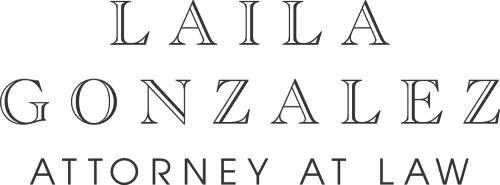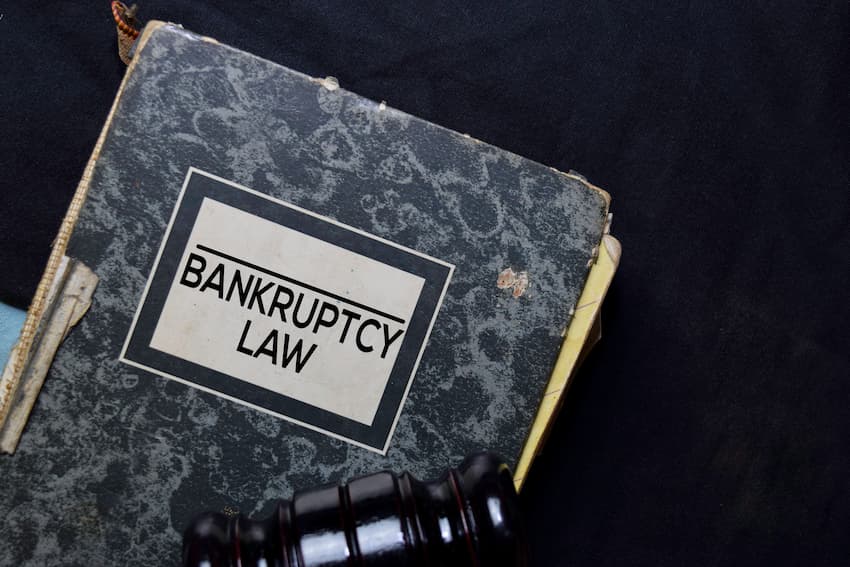How to Protect Your Assets and Exemptions in Bankruptcy
Embarking on the path of bankruptcy demands a keen understanding of how to shield your assets and exemptions from potential jeopardy. This guide delves into strategic measures for safeguarding your financial holdings during these uncertain times. Whether you’re contemplating Chapter 7 or Chapter 13, it’s critical to understand how to protect your assets and exemptions in bankruptcy. From essential exemptions to adept strategies and potential missteps, we’ll explore different ways to fortify your financial stability throughout the bankruptcy journey.
Understanding Bankruptcy and Asset Protection
Though bankruptcy may initially evoke apprehension, it can surprisingly yield positive changes for your financial future. Let’s delve into the core of bankruptcy to unveil its potential benefits and help you protect your assets and exemptions.
The first thing you should know is that there are two types of bankruptcy, and they offer distinct routes to debt relief. Chapter 7 bankruptcy involves liquidating non-exempt assets to repay creditors, offering a swift resolution by discharging eligible debts. On the other hand, Chapter 13 bankruptcy involves creating a repayment plan to settle debts over time, allowing you to retain your assets while adhering to a manageable payment schedule.
Grasping these differences is pivotal as they influence how you safeguard assets. By comprehending bankruptcy’s role as a tool for a fresh financial beginning, you can tactically align your asset protection strategies. This understanding empowers you to navigate the bankruptcy landscape with foresight, making informed choices about safeguarding your valued possessions.

Essential Exemptions You Should Know
When navigating the intricate terrain of bankruptcy, understanding essential exemptions becomes paramount. These exemptions offer a shield for specific categories of assets, ensuring that they remain protected from creditors’ claims.
Homestead exemptions, for instance, safeguard your primary residence up to a certain value, granting you a place of refuge amidst financial turmoil. Personal property exemptions encompass items like clothing, household goods, and even tools of your trade, allowing you to retain necessities.
So, as you prepare for bankruptcy, take practical steps to document and evaluate the value of your exempt assets accurately. This involves creating an inventory and obtaining professional appraisals when necessary. By mastering these exemptions, you can proactively safeguard vital assets while navigating the bankruptcy process.
Strategies to Safeguard Your Assets in Bankruptcy
Your strategies will vary depending on your particular situation. However, it’s best to begin by evaluating your non-exempt assets and considering their potential value to creditors. Leveraging exemptions effectively involves understanding your state’s laws to maximize your safeguarding efforts. Additionally, consider the strategic use of wildcard exemptions and stacking exemptions for optimal coverage. Prioritize documenting assets meticulously, keeping appraisals and valuations on record to ensure accuracy.
Amid the endeavor to protect your assets and exemptions in bankruptcy, it’s also essential to consider other factors such as a job change or a relocation, especially if it’s long distance. For instance, plan to make your move affordable, potentially researching and negotiating costs with several moving companies. As you relocate, align your move with your bankruptcy proceedings, ensuring minimal disruption while safeguarding assets. Combining these strategies will ensure a smoother financial and personal transition while maintaining control over your valued possessions.

Navigating Bankruptcy Exemptions Successfully
Effective exemption navigation requires a comprehensive understanding of the options at your disposal. So, what can you do? Strategically combining exemptions can optimize your asset protection efforts; consider pairing homestead and wildcard exemptions, for instance. Also, to make informed decisions, differentiate between state and federal exemption systems, choosing the one that best aligns with your needs.
As you navigate this terrain, recognize the influence of exemption choices on your asset protection strategy. For instance, if you opt for federal exemptions, ensure they cover the assets most vital to your situation. But also, consider the state exemptions, too. They offer a localized approach to asset protection, allowing you to leverage specific laws in your jurisdiction to safeguard essential belongings during bankruptcy. Therefore, a nuanced approach can yield maximum protection.
Common Mistakes to Avoid During Bankruptcy
Steering clear of common bankruptcy pitfalls is also essential for safeguarding your assets and exemptions. First and foremost, avoid improper transfers of assets before filing, as these can raise red flags and jeopardize your case. Transparency is key—failing to disclose assets or debts can lead to legal complications. Additionally, refrain from incurring new debts just before filing, as this can be perceived as an attempt to defraud creditors.
In addition, it would be prudent to start your planning to secure your financial stability after bankruptcy. Begin by gradually focusing on rebuilding your credit score through responsible credit use and timely payments. Crafting a realistic budget empowers you to manage your finances efficiently while considering secured credit cards can aid in reestablishing credit. Vigilance against accumulating new debts is essential, as well as avoiding high-interest loans. By mapping out your financial journey and making informed choices, you strengthen your capacity to regain stability and nurture a healthier financial future.

Working with Professionals for Asset Protection
Collaborating with seasoned professionals is a cornerstone of effective asset protection during bankruptcy. Bankruptcy attorneys possess specialized expertise to guide you through intricate legal processes, tailoring strategies to safeguard your assets and exemptions. Financial advisors offer a holistic perspective, helping you devise comprehensive plans that align with your long-term financial goals. By seeking their counsel, you ensure that your asset protection efforts are well-informed and strategic.
As you maneuver through bankruptcy proceedings, keep in mind the synergy between this financial process and other life transitions. A prime example is a long-distance move, which can be complex and costly. To streamline this process, Best Cross Country Movers recommend researching and comparing reputable moving companies. That way, you’ll find professionals that can assist you in relocating efficiently while maintaining the integrity of your assets and exemptions. Working with both legal and logistical experts will help you navigate this multifaceted terrain with confidence and security.
Securing Your Financial Future Through Strategic Asset Protection
The action to protect your assets and exemptions in bankruptcy becomes a decisive step toward securing financial stability. Armed with insights into essential exemptions, strategic planning, and the guidance of professionals, you can navigate this complex terrain with confidence. Remember, prudent decisions during bankruptcy can shape your future positively. Whether avoiding common pitfalls, rebuilding credit post-bankruptcy, or even efficiently managing a long-distance move, every step contributes to securing your financial well-being and preserving your hard-earned assets.











